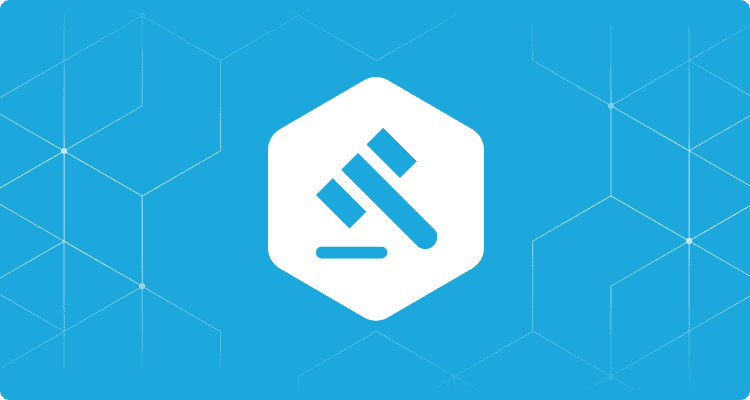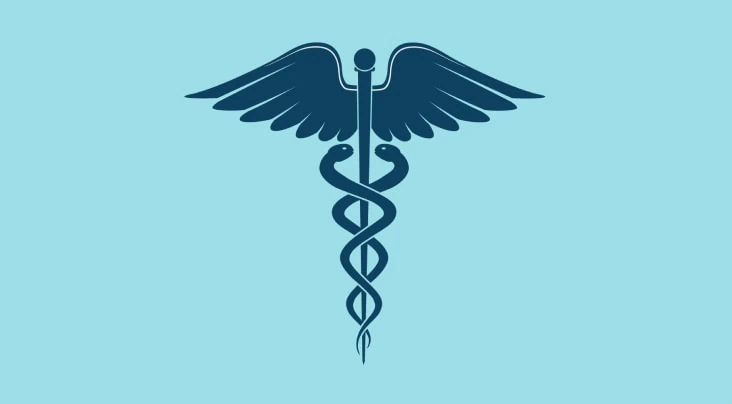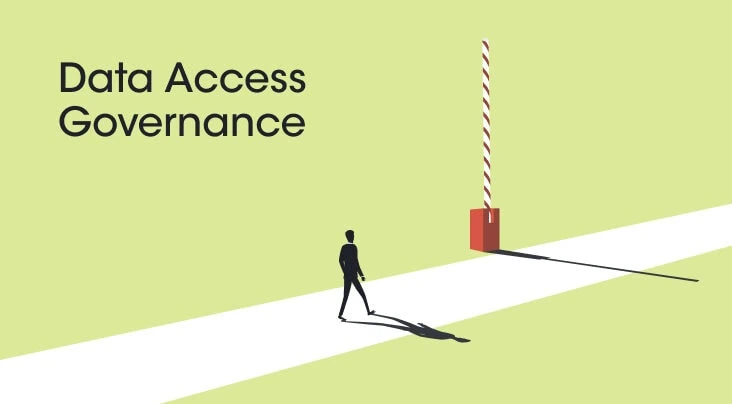If an organization has detailed insights into where its data lives, then it is reasonable to believe that it may also be very well aware of the principles of data governance. But if it doesn’t, then it is imperative that it must get its head around data governance and the best practices to define, implement, and execute it.
In the current era, Big Data analytics has entered maturity. This can be attributed to the ever-growing number of IoT, telematics, and other day-to-day devices that have resulted in the significant data deluge. To make sense of that data and use it to explore new business opportunities, drive decisions, and enable innovations, organizations must establish a well-designed data management framework– data governance is amongst the most critical components of this framework.
In this blog, we will outline and discuss some of the best practices that can help organizations make the most of their governance strategy.
What is Data Governance?
Before diving into the best practices, let’s take a quick overview of the definition of data governance that we discussed in the detailed guide: What is Data Governance?
Data governance signifies a set of controls, principles, and methodologies that help organizations understand and use data better. Data governance helps organizations define data ownership, establish security controls, maintain data quality, consistency, and accuracy, and improve interoperability. A robust data governance strategy covers all these areas to allow organizations to advance their businesses, while ensuring data security and privacy compliance, such as GDPR, CCPA, HIPAA, LGPD, and PIPL, to name a few.
7 Data Governance Best Practices
Every organization has varying needs when it comes to dealing with data. Consequently, data governance practices may vary from industry to industry. However, there are some core components of an efficient and effective data governance strategy that remain applicable in almost any industry.
Outline Data Ownership/Responsibilities
A data governance team that has clearly defined ownership and responsibilities sits at the foundation of any robust governance program. Organizations must assign varying ownership across individuals and departments. Defining and understanding the accountability and authority against different data domains enable organizations to have a clear picture of their data workflow, security posture, and data lifecycle. Moreover, it better streamlines the governance structure, encouraging seamless socialization between teams and departments, enabling them to tackle challenges as a group.
An organization may have different heads in its governance team, depending on its size and business objectives. However, the principal members of any governance program include the following:
Chief Data Officer (CDO)
The Chief Data Officer (CDO) sits atop the hierarchy of a governance program in any organization. The CDO has a higher-level responsibility and authority on the formulation, implementation, and performance of a governance strategy. In some organizations, CDOs also play the role of a data manager, who not only steers the governance team but also tracks performance metrics.
Data Governance Committee
The governance committee reports to the CDO and manages data champions and data owners. It is the responsibility of the committee to strategize policies and practices around the program, circulate information down the hierarchy, and resolve escalated issues amongst teams. The governance committee may often determine and deploy the technologies that the data champions and data owners need to perform their job.
Data Champion
Data champions are also often referred to as data stewards. They are the people who are mainly responsible for enforcing the governance strategy down the line, ensuring that the data owners comply with it. Data champions usually carry specialization in specific data domains. Data champions may also train new data owners and manage the existing team of owners to ensure effective governance.
Data Owner
Data owners are responsible for the use and processing of the data while making sure that they follow the policies and standards as handed down to them by the data champion and the governance committee.
Define Domain & Sub-Data Domains for Accountability
Some organizations take data governance in a comprehensive manner. Consequently, a holistic approach slows down the implementation and execution of the governance process across the board because of the monolith volume of data, having no reasonable categorization. Thus, organizations must step back and first identify and prioritize data domains that are critical to meeting business objectives.
Data domains are basically the higher-level categorization of “the most needed” data to an organization. Strategic categorization further enables the governance team to assign data stewards with the responsibility and accountability of their respective domains. Every organization has around 5 to 10 data domains. But for faster and effective governance, it is highly advisable to first identify and implement the top 2 or 3 domains, and after successful implementation should you scale further.
Another important concern to resolve in defining the data domain is its granularity level. For instance, in any business setting, Human Resources may seem too broad, whereas Employee Mailing Address may seem too narrow of a domain. For effective categorization, it is to be in the best interest of the organization to align the categorization (domains, sub-domains, or sub-sub domains) with the business objectives. To that extent, it should be noted that a domain may have a single data steward or multiple stewards because of varying responsibilities.
Identify Critical Data Assets
In a dynamic organization, business-critical data is spread across legacy applications, custom applications, SaaS applications, multi-cloud object stores, and even on-premise systems. No organization can govern any data if it doesn’t know what’s its lineage and where it resides in its web of resources, systems, and applications.
To proceed with the governance strategy, organizations must identify and create an inventory or catalog of critical data assets associated with the defined domains. A detailed catalog of managed and shadow data assets gives insights into the location of the assets, its security posture, such as encryption status, and other relevant details like vendor information. By having a centralized catalog of the entire data assets, organizations can discover the required data residing within those assets to further their business objectives which could be data analytics, risk management, data protection, or compliance assessment.
Evaluate Security Controls of High-Risk Data
Processing of data comes with some serious associated risks. The risk may vary but it may exist in the form of a potential breach, unauthorized exposure, or compliance failure. To further the governance program, organizations must determine the personal data or categories of personal data that they have, its lineage, associated risks, and security and privacy posture.
As said earlier, the discovery of the sensitive data should be associated with the high-priority domain, defined in the earlier steps. By focusing the efforts on priority data, organizations can not only speed up the governance program but also ensure efficiency. Therefore, define the custom data elements related to the data domain to discover the needed data faster and understand its security risk and controls.
Establish Access Governance
Setting up access governance is the core component of a governance framework. The right level of access to critical sensitive data or data assets can prevent unauthorized data exposure, insider threats, and other cyber threats. By analyzing the sensitivity level and the security risks you should be able to decide the type of fences that need to be set up around the business data and sensitive data. As part of the access governance, set up least privileged excess and role-based access control to reduce risk.
Reduce Resources and Cost Overhead
Data governance is a comprehensive framework that involves an excessive number of heads and hefty investment to maintain and sustain it. According to a survey by a management consulting firm, maintaining a data governance program, reducing risk, and monitoring continuous data quality can cost anywhere between $20 to $50 million to a typical mid-sized organization.
To reduce the overhead cost, inconsistencies, and errors that have often been experienced in a traditional governance framework, it is highly recommended to migrate to an automated governance model. Automation speeds up the implementation process, reduces human errors, and enables real-time monitoring.
It is imperative for organizations to formulate an assessment model or define key metrics to assess where it stands in terms of performance. Periodic evaluation is imperative for any success framework to find gaps in the strategy or resolve any repetitive problems that cause hindrance amongst teams. The governance program’s assessment metrics should be aligned with the business objectives.
For instance, if a business’s objective is to ensure data quality, it should regularly monitor the data quality metrics, such as consistency, accuracy, up-to-dateness, and completeness of the data being governed. Similarly, if the governance framework is set up for privacy compliance, the organization should determine the privacy laws applicable to the business and required governance or data protection provisions.
What is Data Governance Framework
In essence, a Data Governance Framework refers to a combination of implemented practices as well as an organizational structure, established to ensure effective management, control, and oversight over all data assets.
Such a framework typically defines all the critical policies, procedures, roles, responsibilities, and processes related to data management.
Some vital components of a reliable Data Governance Framework include the following:
- Metadata Management
- Data Quality Management
- Data Lifecycle Management
- Data Security & Privacy
- Data Warehousing
- Data Documentation
- Data Integration & Interoperability
- Data Stewardship
- Data Modeling
- Data Architecture
Challenges while Implementing Data Governance and It’s Solution
Whether it’s a global conglomerate or a startup, most organizations reliant on data to drive their operations and strategic objectives will encounter more or less the same problems as far as their data governance is concerned.
The scale might differ but in essence, the core issues related to data governance implementation within an organization will boil down to the following:
- Siloed Data
- Absence of data leadership; and
- Lack of adequate resources
A Data Command Center (UDC) framework offers organizations an effective and efficient way to aggregate and centralize visibility and controls of their entire corporate data across all the clouds.
Leveraging the UDC framework, organizations can not only resolve all three of the aforementioned challenges but also gain additional benefits such as establishing a single source of truth for all your data assets and corporate data, discover data affected by a breach, impacted individuals, their residencies, and jurisdictional scope with Breach Impact analysis, and leverage a no-code workflow orchestration engine, enabling them to create, customize, and automate security and governance functions easily.
How Securiti Can Help
Securiti enables organizations to reinforce their data governance framework and optimize the process through robotic automation. Organizations can break data silos and consolidate business-critical data spanning across structured and unstructured systems, gain better risk understanding, define and automate security controls, trigger least privileged access, and monitor anomalies in access governance in real-time to ensure effective data protection and compliance.
Request a demo to learn more about how Securiti can help you streamline your governance program and meet business objectives.











